Blog
Everything You Need to Know About Sacha Inchi Oil
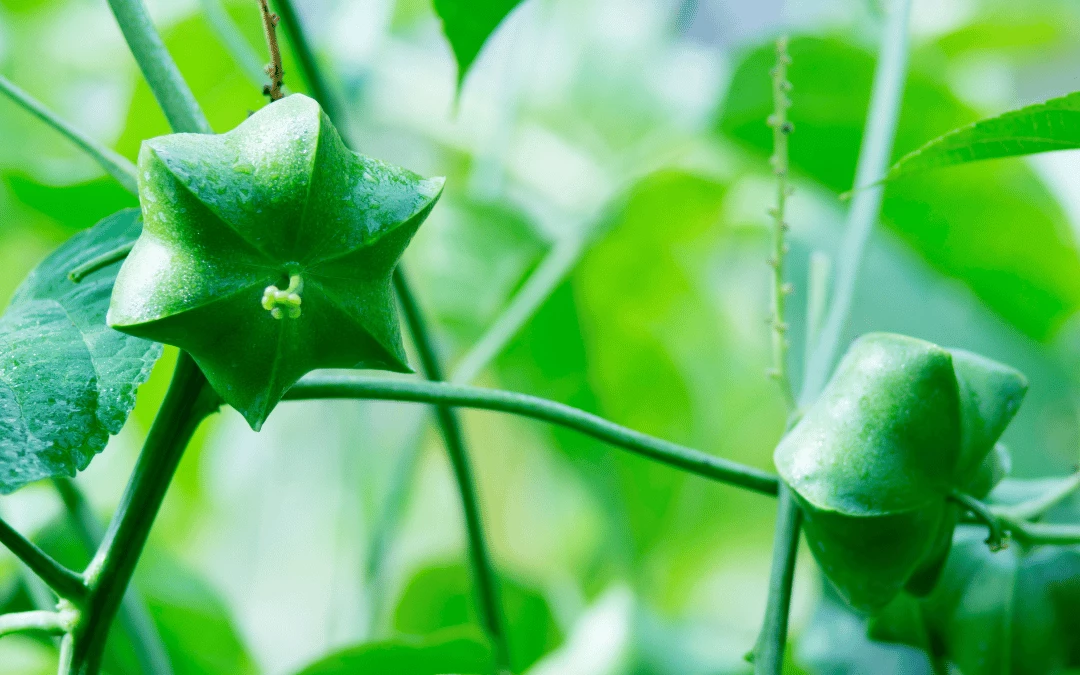
Sacha Inchi Oil – The Emerging Superfood Rich in Omega-3, 6 and 9
Sacha inchi oil is quickly gaining popularity as a plant-based alternative to fish oil supplements. Extracted from the seeds of the sacha inchi plant, this oil delivers a potent omega 3, 6, and 9 profile in a sustainable and versatile package. Its rising popularity is well deserved given its potential health benefits and environmental advantages over fish oil.
Sacha inchi oil has an impressive nutritional profile, and contains 20 times more omega fatty acids than conventional fish oil. It is exceptionally rich in omega-3, 6 and 9 fatty acids, and provides:
- A high level of omega-3 (48% ALA)
- An ideal omega-3 to omega-6 ratio of 1:1
- A significant amount of omega-9 (oleic acid)
In this article, we will explore the impressive potential of Sacha Inchi Oil and explain how it could be your new favorite superfood.
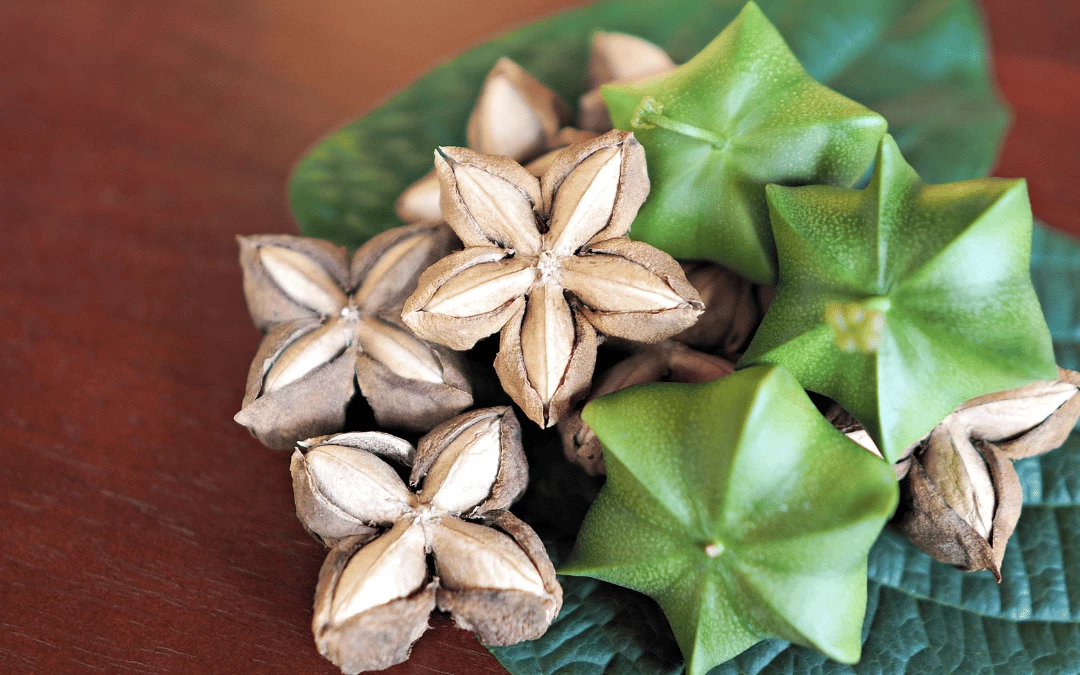
The Basics of Sacha Inchi
Sacha Inchi (Plukenetia volubilis) is a perennial plant that produces a unique star-shaped fruit. The fruit has a hard shell with 4 to 6 large edible seeds in the core, giving it an attractive star shape. As a perennial plant, it can survive for six years or more, growing continuously and bearing fruit throughout its lifetime. Native to parts of South America and the Caribbean, sacha Inchi is traditionally consumed byindigenous groups in Peru.[1]
Often referred to as sacha peanut, mountain peanut, or Inca nut [2], Sacha Inchi is known for its seeds than its fruit. The seeds are usually roasted and eaten because raw Sacha Inchi seeds contain compounds that can impair the absorption of nutrients in the body.[1]
These edible seeds can be roasted and enjoyed as a snack, ground into powder to add to food, or tea can be made from the dried leaves. Most notably, Sacha Inchi seeds are pressed to extract oil, that is used in cooking, skin care products, and as a dietary supplement, making them a valuable addition to any health-conscious diet.[3]
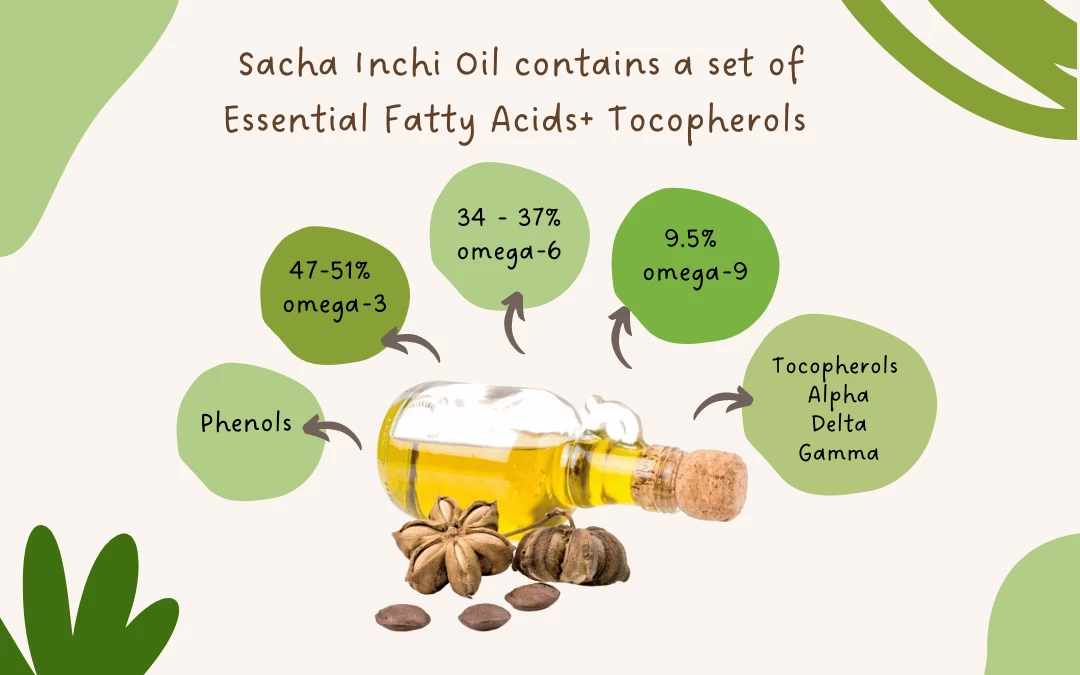
The Nutritional Value of Sacha Inchi
Sacha Inchi seed extracts are a highly nutritious superfood. They contain 35-60% lipids, primarily polyunsaturated fatty acids (PUFAs). These include 47-51% α-linolenic acid (ALA), omega-3, and 34-37% linoleic acid (LA), omega-6.[2]
It also contains monounsaturated fatty acids like oleic acid, an omega-9 (~9.5%), and is rich in proteins (25-33%), flavonoids, phenols, essential minerals, and vitamin E. These include α-, γ-, and δ-tocopherols, natural forms of vitamin E known for their antioxidant properties and potential anti-cancer effects.[2]
Sacha Inchi is characterized by its high PUFA content of up to 93%, which sets it apart from other plant oils in terms of health benefits. It is rich in PUFAs, especially ALA and LA, and also contains powerful antioxidants such as tocopherols, which further enhance its nutritional value and therapeutic effects.[2]
This sets it apart from other plants, such as the olive, which contains far lower levels of omega-3 and omega-6 fatty acids. Studies have shown that the fatty acid composition can vary depending on the growing region, but Sacha Inchi consistently has a higher content of beneficial fatty acids compared to palm, corn, soybean, and sunflower oil.[2]

The Balance of the Omegas in Sacha Inchi
Maintaining a balanced ratio of omega-6 to omega-3 fatty acids is crucial for health. Ideally, this ratio should be around 1:1, as is naturally found in Sacha Inchi. However, the modern diet often results in a ratio of 15:1 or more, which heavily favors omega-6 fatty acids.[4]
This imbalance comes from the high consumption of processed foods, vegetable oils like corn and soybean oil, and meat and dairy products from grain-fed animals, all of which are rich in omega-6 fatty acids. Omega-3 sources like oily fish, flaxseed, and certain nuts, on the other hand, are consumed less frequently, resulting in an unhealthy ratio that can cause various health problems.
An imbalanced diet with a high ratio of omega-6 to omega-3 can increase inflammation and the risk of chronic disease [4] but the good news is that improving this ratio has significant health benefits.[2]
- A ratio of 4:1 can reduce the risk of dying from cardiovascular disease by up to 70%.
- A ratio of 2.5:1 can slow the growth of colorectal cancer and reduce the risk of other cancers.
- A ratio of less than 5:1 helps to control inflammation in conditions such as rheumatoid arthritis and asthma.
This underscores the importance of including additional omega-3 rich foods in our diet. One of the best ways is to add sacha inchi oil. This can help to achieve a healthy balance of essential fatty acids, reduce inflammation, and protect against chronic disease.
The Health Benefits of Sacha Inchi
In addition to the benefits as above-mentioned, Sacha Inchi can also:

Improve Lipid Profile
Studies have shown that regular consumption of Sacha Inchi oil, which is rich in essential fatty acids, can significantly improve the lipid profile. It helps to reduce level of bad cholesterol (LDL) and increase levels of of good cholesterol (HDL), which contributes to better heart health.
In a study comparing Sacha Inchi oil to sunflower oil, 34 healthy adults consumed either 10 or 15 ml of Sacha Inchi oil over a-16 weeks period.[5]
The results showed an improvement in the lipid profiles of the participants, with both oils reducing total cholesterol levels after just 4 weeks. In particular, Sacha Inchi oil reduced LDL cholesterol levels by 25% and increased HDL cholesterol levels by 10% after 16 weeks of consumption.
Improve Blood Pressure
The high content of omega-3 in Sacha Inchi oil helps maintain healthy blood pressure, reducing the risk of hypertension and related complications.
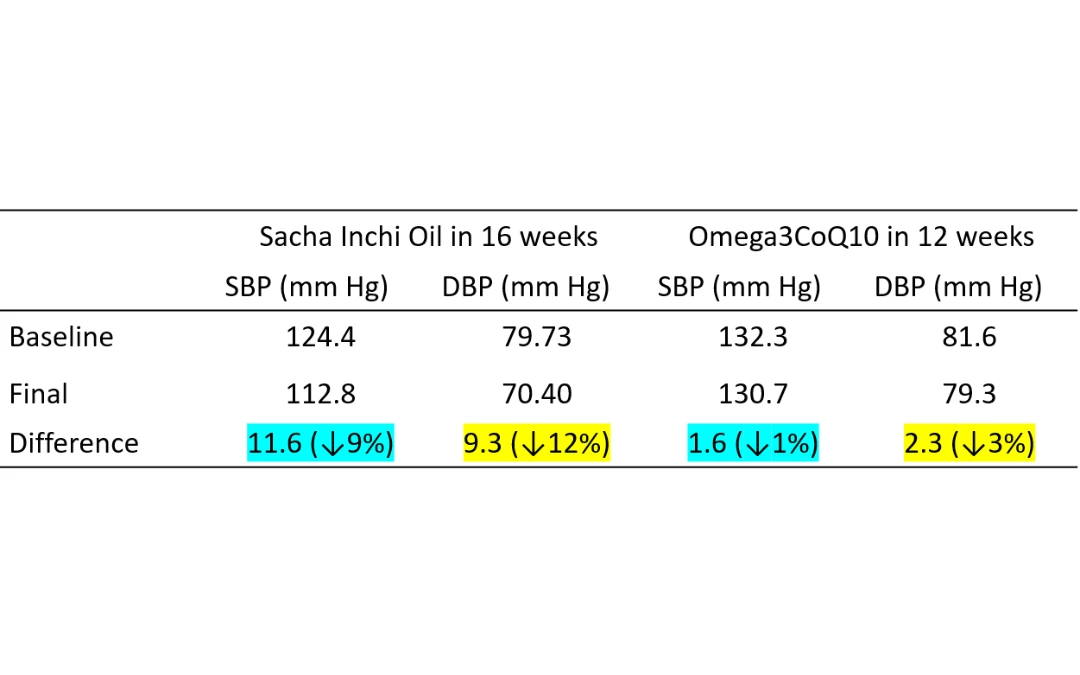
In the same study, participants experienced a significant reduction in systolic blood pressure (SBP) of 11.6 mm Hg (a 9% reduction) and diastolic blood pressure (DBP) of 9.3 mm Hg (a 12% reduction).[5]
In another study involving 97 older adults with hypertension, a combination of omega-3 and CoQ10 supplements administered over a-12 week period resulted in only a slight reduction in SBP of 1.6 mm Hg (1%) and DBP of 2.3 mm Hg (3%).[6]
These results emphasize the superior effectiveness of Sacha Inchi oil in lowering blood pressure, making it a valuable addition to the heart health regimen.
Improve Skin Health
The high levels of antioxidant and omega-6 fatty acids in Sacha Inchi oil's can strengthen the skin barrier and reduce inflammation, promoting a healthy, radiant complexion.
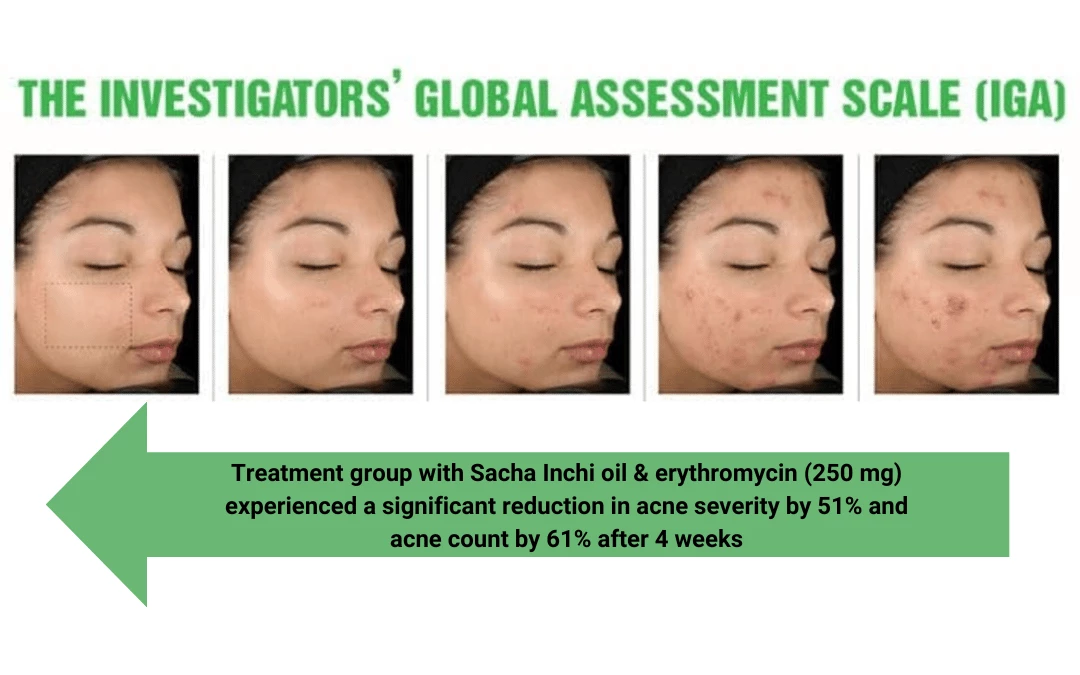
In a study of 32 participants divided into two groups, one group received Sacha Inchi oil and erythromycin orally, while the other group received only erythromycin orally. In the group that combined Sacha Inchi oil with oral erythromycin (250 mg), there was a significant 51% reduction in acne severity and 61% in acne count after 4 weeks.[7]
These results underline the potential of Sacha Inchi oil as an effective natural remedy for improving skin health.
Kordel's Sacha Inchi Oil – The Plant-Based Omega Oil that you Trust
Kordel's Sacha Inchi Oil is the ultimate plant-based omega oil that you've been looking for! Each softgel contains 500 mg of pure, cold-pressed Extra Virgin Sacha Inchi Oil, keeping the oil's nutrients intact for maximum health benefits.
Unlike conventional fish oil supplements, Kordel's Sacha Inchi Oil offers a fish-free alternative without an unpleasant aftertaste. It is perfect for vegetarians and vegans, and provides a potent blend of omega-3, 6, and 9 fatty acids, which are important for overall health. The cold-pressing process preserves the oil's nutrients, providing you with maximum benefits.
Each 500mg softgel is rich in essential nutrients and antioxidants, that promote:
- Heart health
- Balanced cholesterol levels
- Radiant skin
Embrace the natural power of Kordel’s Sacha Inchi Oil and improve your wellness today with this natural, vegetarian-friendly option! It's time to take control of your health in the healthiest way possible.
References
- Ajmera, R. (2021). What Is Sacha Inchi? Uses, Benefits, Side Effects, and Forms. Retrieved from https://www.healthline.com/nutrition/what-is-sacha-inchi#side-effects
- Cárdenas, D. M., Gómez Rave, L. J., & Soto, J. A. (2021). Biological Activity of Sacha Inchi (Plukenetia volubilis Linneo) and Potential Uses in Human Health: A Review. Food Technology and Biotechnology, 59(3), 253-266. https://doi.org/10.17113/ftb.59.03.21.6683
- Srichamnong, W., Ting, P., Pitchakarn, P., Nuchuchua, O., & Temviriyanukul, P. (2018). Safety assess
- ent of Plukenetia volubilis (Inca peanut) seeds, leaves, and their products. Food Science & Nutrition, 6(4), 962-969. https://doi.org/10.1002/fsn3.633
- Mariamenatu AH, Abdu EM. Overconsumption of Omega-6 Polyunsaturated Fatty Acids (PUFAs) versus Deficiency of Omega-3 PUFAs in Modern-Day Diets: The Disturbing Factor for Their "Balanced Antagonistic Metabolic Functions" in the Human Body. J Lipids. 2021 Mar 17;2021:8848161. doi: 10.1155/2021/8848161. PMID: 33815845; PMCID: PMC7990530.
- Gonzales GF, Gonzales C. A randomized, double-blind placebo-controlled study on acceptability, safety and efficacy of oral administration of sacha inchi oil (Plukenetia volubilis L.) in adult human subjects. Food Chem Toxicol. 2014 Mar;65:168-76. doi: 10.1016/j.fct.2013.12.039. Epub 2014 Jan 2. PMID: 24389453.
- Shen, T., Xing, G., Zhu, J., Zhang, S., Cai, Y., Li, D., Xu, G., Xing, E., Rao, J., & Shi, R. (2017). Effects of 12-week supplementation of marine Omega-3 PUFA-based formulation Omega3Q10 in older adults with prehypertension and/or elevated blood cholesterol. Lipids in Health and Disease, 16. https://doi.org/10.1186/s12944-017-0617-0
- P. Suthiphasil, J. Rintha, T. Nararatwanchai and P. Sittiprapaporn, "Comparative study of oral administration of Sacha Inchi oil extraction with erythromycin versus oral erythromycin on the treatment of Acne Vulgaris," 2018 International Conference on Digital Arts, Media and Technology (ICDAMT), Phayao, Thailand, 2018, pp. 309-312, doi: 10.1109/ICDAMT.2018.8376546. keywords: {Oils;Diseases;Electronic mail;Immune system;Epidermis;Fats;Sacha inchi oil extraction;Erythromycin;Acne vulgaris},
If you like this, click to show us your support

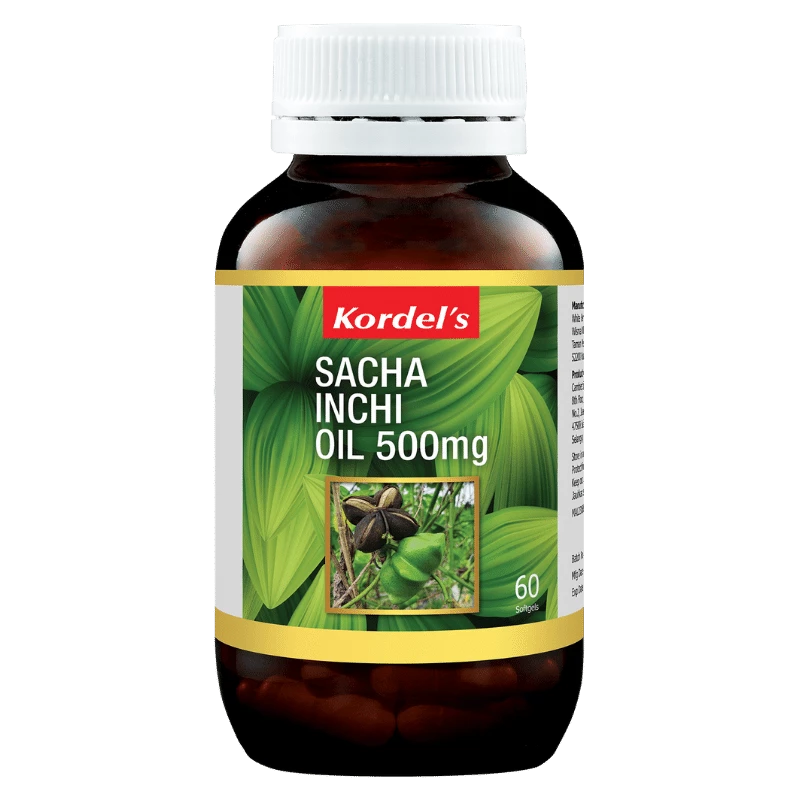
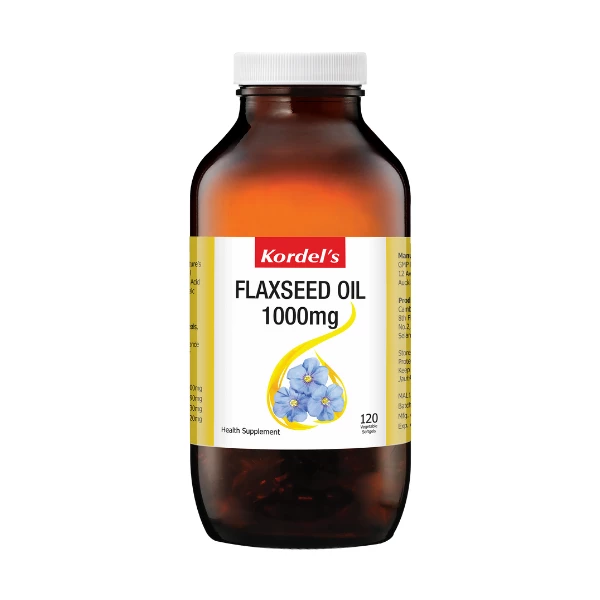
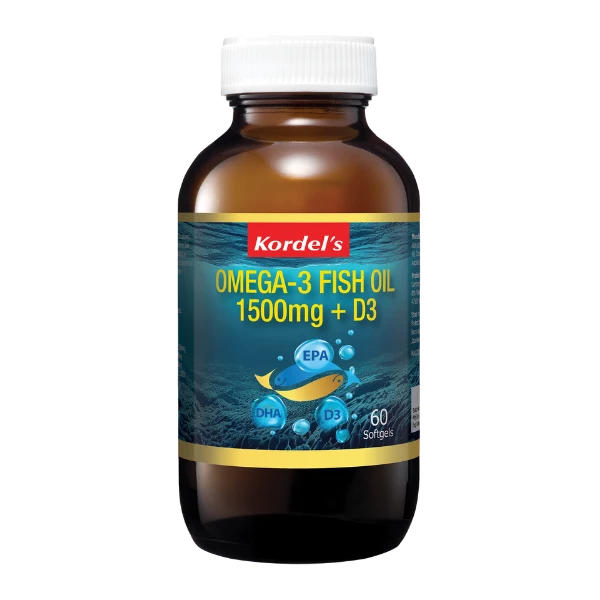
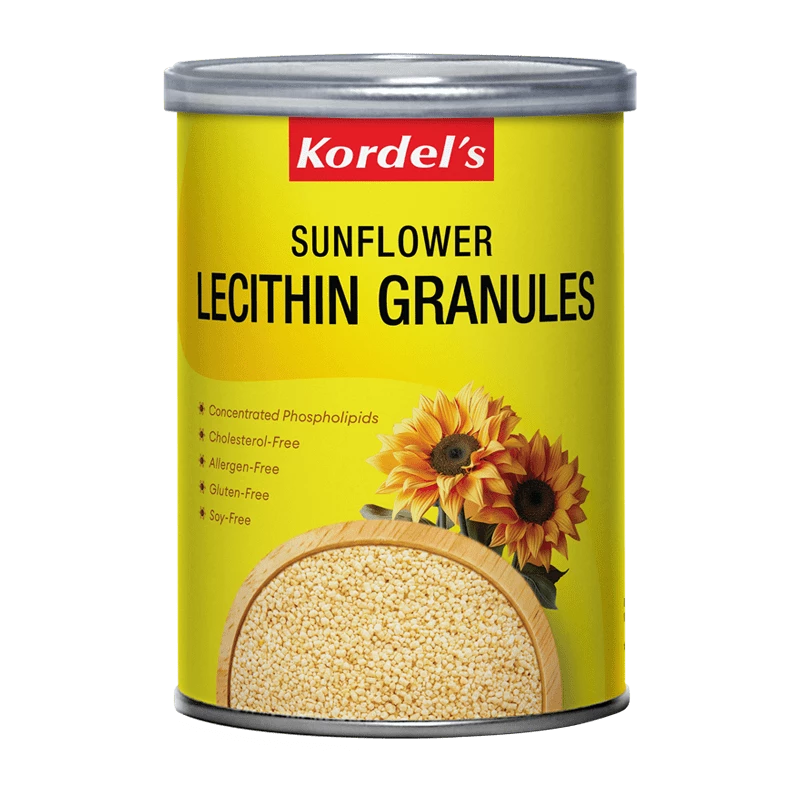
Blog Comments